The History of Sacrificing Jews on the Alter of Zionism
Zionists have a long fascist history of working with antisemites and white nationalists to force the Jewish diaspora to move to Israel.
The dialectic of “6 million” Jews and complete Holocaust denialism benefits the Zionists who collaborated with Nazis, Fascist Mussolini, and others to force Jews to Palestine.
Only the truth will set us all free. Happy Hanukkah!
-D.C.
Sources:
Herzl's Mauschel and Zionist antisemitism - Wikipedia
Mauschel is an article written and published by Theodor Herzl in 1897.[1][2][3] The text appeared in his newspaper, Die Welt, which was to become the principal outlet for the Zionist movement down to 1914,[4] and was published roughly a month after the conclusion of the First Zionist Congress.[5]
Herzl believed that there were two types of Jews, Jiden (Yids) and Juden (Jews),[6][a] and considered any Jew who openly opposed his proposals for a Zionist solution to the Jewish question to be a Mauschel.[b] The article has often been taken, since its publication, to be emblematic of an antisemitic strain of thinking in Zionism, and has been described as an antisemitic rant.[9][6][10]
Antisemitism for Herzl indeed had its uses, however painful. In his play The New Ghetto (1894)[l] Herzl has the Rabbi Friedheimer remark: "Antisemitism isn't all bad. As the movement gains force, I observe a return to religion. Antisemitism is a warning to us to stand together, not to abandon the God of our fathers, as many have done.".[30][m] While repudiating religion, Herzl's programme can be read as a secular redemption of traditional Jewish religious messianism.[31]
Weizmann Advises Partition Be Accepted As 20th Congress Opens in Zurich - Jewish Telegraphic Agency (jta.org)
DR. WEIZMANN PASSINGLY ATTACKED THOSE “ASSIMILATIONIST” JEWS WHO DISAGREED WITH THE NATIONALISTIC ZIONIST IDEALS AND EMPHASIZED THAT THE LAST FEW YEARS HAVE BEEN THE MOST TRYING AND DIFFICULT PERIOD IN MODERN JEWISH HISTORY.
David Ben-Gurion discussed his hometown in his memoirs, saying:
For many of us, anti-Semitic feeling had little to do with our dedication [to Zionism]. I personally never suffered anti-Semitic persecution. Płońsk was remarkably free of it ... Nevertheless, and I think this very significant, it was Płońsk that sent the highest proportion of Jews to Eretz Israel from any town in Poland of comparable size. We emigrated not for negative reasons of escape but for the positive purpose of rebuilding a homeland ... Life in Płońsk was peaceful enough. There were three main communities: Russians, Jews and Poles. ... The number of Jews and Poles in the city were roughly equal, about five thousand each. The Jews, however, formed a compact, centralized group occupying the innermost districts whilst the Poles were more scattered, living in outlying areas and shading off into the peasantry. Consequently, when a gang of Jewish boys met a Polish gang the latter would almost inevitably represent a single suburb and thus be poorer in fighting potential than the Jews who even if their numbers were initially fewer could quickly call on reinforcements from the entire quarter. Far from being afraid of them, they were rather afraid of us. In general, however, relations were amicable, though distant.[17]
Memoirs: David Ben-Gurion (1970), p. 36.
Memoirs: David Ben-Gurion: Ben-Gurion, David, 1886-1973: Internet Archive
David Ben-Gurion (jewishvirtuallibrary.org)
Poale Zion "Workers of Zion" was a movement of Marxist–Zionist Jewish workers founded in various cities of Poland, Europe and the Russian Empire at about the turn of the 20th century after the Bund rejected Zionism in 1901.[1][2][3]
The Warsaw Poale Zion formed a commando unit (bojówka) with around sixty guns. They were used to "expropriate" funds from well-to-do citizens. In March 1906 the entire Warsaw leadership were amongst the 120 delegates arrested attending the Poale Zion conference in Poltava. Three months later eighteen gunmen raided Warsaw railway station, stealing cash and leaving "a receipt in the name of Warsaw's Poale Zion".[13]
In 1904 Ben-Gurion moved to Warsaw where he hoped to enroll in the Warsaw Mechanical-Technical School founded by Hipolit Wawelberg. He did not have sufficient qualifications to matriculate and took work teaching Hebrew in a Warsaw heder. Inspired by Tolstoy he had become a vegetarian.[11] He became involved in Zionist politics and in October 1905 he joined the clandestine Social-Democratic Jewish Workers' Party—Poalei Zion. Two months later he was the delegate from Płońsk at a local conference.[13] While in Warsaw the Russian Revolution of 1905 broke out and he was in the city during the clamp down that followed; he was arrested twice, the second time he was held for two weeks and only released with the help of his father. In December 1905 he returned to Płońsk as a full-time Poalei Zion operative. He also organised a strike over working conditions amongst garment workers. He was known to use intimidatory tactics, such as extorting money from wealthy Jews at gunpoint to raise funds for Jewish workers.[14][15][16]
Many historians contend that the 1905 Russian Revolution set the stage for the 1917 Russian Revolutions, which saw the monarchy abolished and the Tsar executed. Calls for radicalism were present in the 1905 revolution, but many of the revolutionaries who were in a position to lead were either in exile or in prison while it took place…
Due to its reach, violence, radicalism, and effects, some Polish historians even consider the events of the 1905 revolution in Poland a fourth Polish uprising against the Russian Empire.[79] Rosa Luxemburg described Poland as "one of the most explosive centres of the revolutionary movement" which "in 1905 marched at the head of the Russian Revolution".[82]
The years 1906 and 1907 saw a decline of mass movements, strikes and protests, and a rise of overt political violence. Combat groups such as the SR Combat Organization carried out many assassinations targeting civil servants and police, and robberies. Between 1906 and 1909, revolutionaries killed 7,293 people, of whom 2,640 were officials, and wounded 8,061.[70]
Poale Zion Left, which supported the Bolshevik revolution, continued to be sympathetic to Marxism and Communism, and attended the second and third congresses of the Communist International in a consultative capacity.[22]
In Palestine, the major leaders of Poale Zion since their immigration in 1906 and 1907 had been David Ben-Gurion, who joined a local Poalei Tziyon group in 1904 whilst living in Warsaw,
High Times in Zion: An Israeli History of Drugs - Israel News - Haaretz.com
$1,220,500 in Israel Bonds Sold at St. Louis Dinner; Chairman Lauded - Jewish Telegraphic Agency (jta.org)
In Russia, the Poale Zion Left participated in the Bolshevik Revolution and organized a brigade of Poale Zion activists[25] nicknamed the "Borochov Brigade" to fight in the Red Army. The party remained legal until 1928 when it was liquidated by the NKVD. Most other Zionist organizations had been closed down in 1919, but Poale Zion Left remained untouched because it was recognized as a Communist party.
Dov Ber Borochov (archive.org) https://web.archive.org/web/20070928004042/http://www.hagshama.org.il/en/resources/view.asp?id=1343
In March 1917 when the Kerensky revolution took place Borochov returned to Russia where he helped organise Jewish Brigades to fight within the Red Army.
Borochov will be remembered as the theoretical pioneer of the synthesis of Marxism and Zionism and the founder of the Poale Zion Party.
The Pinsk massacre was the mass execution of thirty-five Jewish residents of Pinsk on April 5, 1919, by the Polish Army. The Polish commander "sought to terrorize the Jewish population" after claiming to being warned by two Jewish soldiers about a possible Bolshevik uprising.[1] The event occurred during the opening stages of the Polish–Soviet War, after the Polish Army had captured Pinsk.[2] The Jews who were executed had been arrested while meeting in a Zionist center to discuss the distribution of American relief aid; the meeting was described by the Poles as an "illegal gathering". The Polish officer-in-charge ordered the summary execution of the meeting participants without trial, and based on the information about the gathering's purpose that was founded on hearsay. The officer's decision was defended by high-ranking Polish military officers, but was widely criticized by international public opinion…
Soviet - Polish War - Wikipedia
Flight of Poles from the USSR - Wikipedia
Massacres of Poles in Volhynia and Eastern Galicia - Wikipedia
After World War I, Poland Stopped Russia From Taking Over Europe | The National Interest
Bolshevik propaganda poster of Polish-Soviet war (1920). Texts in the picture: Above: w:RSFSR That is what Polish lords' undertaking will end with On flag: Long live Soviet Poland! The soviets promoted ethnic tensions against Poles and other ethnic groups.
The night before the event, two Jewish soldiers, Daniel Kozak and Motel Kolkier, reported that they were offered a bribe to join Bolshevik conspiracy in local synagogue.[12] Defending the Rights of Others: The Great Powers, the Jews, and International Minority Protection, 1878-1938 2008 Carole Fink, page 176
The town commander fearing a Bolshevik uprising,[13] which he did not investigate, ordered the execution of the hostages.[14] Within an hour, thirty-five detainees, including women and children,[15] were put against the wall of the town's cathedral,[16] and machine-gunned by a firing squad composed of the Polish soldiers.[6][10][17]
Upon a request of Polish authorities to president Woodrow Wilson, an American mission was sent to Poland to investigate nature of the alleged atrocities. The mission, led by Jewish-American diplomat Henry Morgenthau, Sr., published the Morgenthau Report on October 3, 1919. According to the findings of this commission, a total of about 300 Jews lost their lives in this and related incidents. The commission also severely criticized the actions of Major Łuczyński and his superiors with regards to handling of the events in Pinsk.[17][26][27] At the same time the allied commission determined that the cause of the events couldn't be attributed to antisemitism and the United States representative lieutenant Foster stated that Major's Łuczyński i's actions were justified in the circumstances.[2]
This weaponized the in-group bias and engrained survival mode.
Italy was a source of ideological, historical and cultural inspiration for the Zionist Revisionists of the 1920s and 1930s.[33] Kaplan, 2005, p. 149.
Jabotinsky set up the Betar Naval Academy, a Zionist naval training school established in Civitavecchia, Italy in 1934 with the agreement of Benito Mussolini.[35] Kaplan, 2005, p. 156.
The Jewish radical right: Revisionist Zionism and its ideological legacy: Kaplan, Eran: Free Download, Borrow, and Streaming : Internet Archive
Lehi split from the Irgun militant group in 1940 in order to continue fighting the British during World War II. It initially sought an alliance with Fascist Italy and Nazi Germany.[22] Sasson Sofer. Zionism and the Foundations of Israeli Diplomacy. Cambridge University Press, 2007. pp. 253–254.
The Mussolini-Jabotinsky Connection: The Hidden Roots of Israel Fascist Past – Middle East Monitor
Believing that Nazi Germany was a lesser enemy of the Jews than Britain, Lehi twice attempted to form an alliance with the Nazis, proposing a Jewish state based on "nationalist and totalitarian principles, and linked to the German Reich by an alliance".[22][23] After Stern's death in 1942, the new leadership of Lehi began to move towards support for Joseph Stalin's Soviet Union[17] and the ideology of National Bolshevism, which was considered an amalgam of both right and left.[24][22] Robert S. Wistrich, David Ohana. The Shaping of Israeli Identity: Myth, Memory, and Trauma, Issue 3. London; Portland, Oregon: Frank Cass & Co. Ltd., 1995. pp. 88. Sasson Sofer. Zionism and the Foundations of Israeli Diplomacy. Cambridge University Press, 2007. pp. 253–254.
Betar - Wikipedia
Regarding themselves as "revolutionary Socialists", the new Lehi developed a highly original ideology combining an "almost mystical" belief in Greater Israel with support for the Arab liberation struggle.[17] This sophisticated ideology failed to gain public support and Lehi fared poorly in the first Israeli elections.[25]
In 1940, the idea of the Final Solution was still "unthinkable", and Stern believed that Hitler wanted to make Germany judenrein through emigration, as opposed to extermination.[31][33] In December 1940, Lehi contacted Germany with a proposal to aid German conquest in the Middle East in return for recognition of a Jewish state open to unlimited immigration.[31] Colin Shindler (1995). The Land beyond Promise: Israel, Likud and the Zionist dream. I.B. Tauris. p. 22. ISBN 978-1-86064-774-1.
Some writers have stated that Lehi's true goals were the creation of a totalitarian state.[43] Perlinger and Weinberg write that the organisation's ideology placed "its world view in the quasi-fascist radical Right, which is characterised by xenophobia, a national egotism that completely subordinates the individual to the needs of the nation, anti-liberalism, total denial of democracy and a highly centralised government."[44] Perliger and Weinberg state that most Lehi members were admirers of the Italian Fascist movement.[36] According to Kaplan and Penslar, Lehi's ideology was a mix of fascist and communist thought combined with racism and universalism.[45]
Many Lehi combatants had received military training. Some had attended the Military Engineers School in Civitavecchia, in Fascist Italy.[50] (in Polish) Jakub Mielnik: Jak polacy stworzyli Izrael Archived 7 April 2009 at the Wayback Machine, Focus.pl Historia, 5 May 2008
Others received military training from instructors of the Polish Armed Forces in 1938–1939. This training was conducted in Trochenbrod (Zofiówka) in Wołyń Voivodeship, Podębin near Łódź, and the forests around Andrychów.
In mid-1940, Stern became convinced that the Italians were interested in the establishment of a fascist Jewish state in Palestine.[56] He conducted negotiations, he thought, with the Italians via an intermediary Moshe Rotstein, and drew up a document that became known as the "Jerusalem Agreement".[57][58] Heller, Joseph (1995). "The Zionist Right and National Liberation: From Jabotinsky to Avraham Stern". In Wistrich, Robert S.; Ohana, David (eds.). The Shaping of Israeli Identity: Myth, Memory, and Trauma. Routledge. p. 86. ISBN 978-0-714-64641-1. Nachman Ben-Yehuda (2012). Political Assassinations by Jews: A Rhetorical Device for Justice. SUNY Press. pp. 147–150, 185–188. ISBN 978-0791496374.
In Heller's words, Stern's proposal would "turn the 'Kingdom of Israel' into a satellite of the Axis powers."[60]
Late in 1940, Lehi, having identified a common interest between the intentions of the new German order and Jewish national aspirations, proposed forming an alliance in World War II with Nazi Germany.[22] Sasson Sofer. Zionism and the Foundations of Israeli Diplomacy. Cambridge University Press, 2007. pp. 253–254.
The organization offered cooperation in the following terms: Lehi would rebel against the British, while Germany would recognize an independent Jewish state in Palestine/Eretz Israel, and all Jews leaving their homes in Europe, by their own will or because of government injunctions, could enter Palestine with no restriction of numbers.[32] Late in 1940, Lehi representative Naftali Lubenchik went to Beirut to meet German official Werner Otto von Hentig. The Lehi documents outlined that its rule would be authoritarian and indicated similarities between the organization and Nazis.[32] The Jews: A Contrary People Yehuda Bauer pp. 77–78
Israel Eldad, one of the leading members of Lehi, wrote about Hitler "it is not Hitler who is the hater of the kingdom of Israel and the return to Zion, it is not Hitler who subjects us to the cruel fate of falling a second and a third time into Hitler's hands, but the British."[63] "Political Theologies in the Holy Land: Israeli Messianism and its Critics", David Ohana
Stern also proposed recruiting 40,000 Jews from occupied Europe to invade Palestine with German support to oust the British.[22] Sasson Sofer. Zionism and the Foundations of Israeli Diplomacy. Cambridge University Press, 2007. pp. 253–254.
On 11 January 1941, Vice Admiral Ralf von der Marwitz, the German Naval attaché in Turkey, filed a report (the "Ankara document") conveying an offer by Lehi to "actively take part in the war on Germany's side" in return for German support for "the establishment of the historic Jewish state on a national and totalitarian basis, bound by a treaty with the German Reich."[57][64][65] Heller, 1995, p. 86 David Yisraeli, The Palestine Problem in German Politics, 1889–1945, Bar Ilan University, Ramat Gan, Israel, 1974. Verified web copies: German English. Also see Otto von Hentig, Mein Leben (Goettingen, 1962) pp. 338–339 Lenni Brenner, Zionism in the Age of the Dictators 2004, p. 234
Lehi produced a range of publications containing unabashedly racist literature referring to Jews as a "master race" and Arabs as a "slave race".[47][48] Jabotinsky and the Revisionist Movement 1925–1948. Yaacov Shavit, Routledge; 1st ed., 1988) p. 231 "Articles in contemporary Lehi publications talked about the Jewish nation as a heroic people, even a 'master race' (in contrast to the Arabs, who were considered a nation of slaves)" Sasha Polakow-Suransky, "The Unspoken Alliance: Israel's Secret Relationship with Apartheid South Africa", p. 107
Prominent publication included Hamaas, a weekly publication,[110] Khalidi, Walid. (1971). From Haven to Conquest: Readings in Zionism and the Palestine Problem Until 1948. Institute of Palestine Studies. p. 606. ISBN 0-88728-155-9.
In addition to the Hamaas article the British government published intercepted telegrams between the Jewish Agency in Jerusalem and Zionist leaders in London that demonstrated Jewish Agency control over the formal organisation established by the Haganah, Irgun and Lehi to coordinate their actions, which was known as the Tenuat Hameri (United Resistance Movement).[5]
Ben Gurion's Haganah membership card. Israel, Negev desert, Kibbutz Sde Boker, Ben-Gurion's Desert Home Stock Photo - Alamy
Prominent members of Lehi
Geula Cohen, member of the Knesset
Israel Eldad, leader in the Israeli national camp
Boaz Evron, left-wing journalist
Maxim Ghilan, Israeli journalist, author and peace activist
Amos Kenan, writer
Baruch Korff, Orthodox rabbi
Yitzhak Shamir, Israeli prime minister 1983–1984 and 1986–1992
Avraham Stern, leader and ideologist
Shimon Tzabar, Yiddish-language playwright
Natan Yellin-Mor, member of the Knesset 1949–1951, leftist advocate of peace with Arabs.[114]
In 1980, Israel instituted the Lehi ribbon, red, black, grey, pale blue and white, which is awarded to former members of the Lehi underground who wished to carry it, "for military service towards the establishment of the State of Israel".[30]
Nazi crimes against the Polish nation - Wikipedia
Less than a year before the outbreak of war, on 1 October 1938, the German Army rolled into the Sudetenland in accordance with the Munich Agreement. The operation was completed by 10 October. Two weeks later, on 24 October 1938, Ribbentrop summoned Polish ambassador to Berchtesgaden and presented him with Hitler's Gesamtlösung regarding the Polish Corridor and the Free City of Danzig. Ambassador Lipski refused.[19] Three days later, the first mass deportation of Polish nationals from Nazi Germany began. It was the eviction of Jews who settled in Germany with Polish passports. On 9–10 November 1938, the Kristallnacht attack was carried out by the SA paramilitary forces; thousands of Jews holding Polish citizenship were rounded up and sent via rail to the Polish border and to the Nazi concentration camps.[20] The round-up included 2,000 ethnic Poles living and working there.[16]
In total, about 150,000 to 200,000 Poles died during the one-month September Campaign of 1939,[27] characterized by the indiscriminate and often deliberate targeting of civilian population by the invading forces.[28] Over 100,000 Poles died in the Luftwaffe's terror bombing operations, like those at Wieluń.[29] Massive air raids were conducted on towns which had no military infrastructure.[30]
Germany planned to completely remove the indigenous population of Poland beginning with the newly created Reichsgau Wartheland territory in 1939. According to the Lebensraum aim and ideology, formerly Polish lands were to be taken over by the German military and civilian settlers including Eastern European Volksdeutsche.
In October 1939, the Nazi propaganda stated Poles, Jews, and Gypsies were subhumans.[120] Signs posted in front of those establishments warned: "Entrance forbidden for Poles, Jews, and dogs."[121] The Nazi regime was less stringent in their treatment of the Kashubians in the Reichsgau Danzig-West Prussia. Everywhere, however, many thousands of people were forced to sign the Deutsche Volksliste, a racial documentation which the Nazis used to identify and give priority to people of German heritage in occupied countries.[122]
During World War II, the Germans not only murdered millions of Poles, but ethnically cleansed millions more through forced deportation to make room for German settlers (see Generalplan Ost and Lebensraum). These actions claimed the lives of 2.7 to 3 million Polish Jews and 1.8 to 2.77 million ethnic Poles, according to Poland's Institute of National Remembrance.[a][4][5]
Operation Himmler, also called Operation Konserve, consisted of a group of 1939 false flag undertakings planned by Nazi Germany to give the appearance of Polish aggression against Germany. The Germans then used propaganda reports of the events to justify their invasion of Poland, which started on 1 September 1939. Operation Himmler included the Germans staging false attacks on themselves—directed at innocent people, such as civilians and concentration camp prisoners. The operation arguably became the first act of the Second World War in Europe.[1]
Prior to the 1939 invasion, German newspapers and politicians like Adolf Hitler carried out a national and international propaganda campaign accusing Polish authorities of organizing or tolerating violent ethnic cleansing of ethnic Germans living in Poland.[2][3]
In his 1 September speech to the Reichstag announcing war, Hitler cited the 21 border incidents as justification for Germany's "defensive" action against Poland…
By mid-1939, thousands of Polish Volksdeutsche had been secretly prepared for sabotage and guerrilla warfare by the Breslau (Wrocław) office of the Abwehr. Their activities were meant to provoke anti-German reprisals that could be claimed as provocations.[13]
The German agents indeed co-operated with the German forces during the invasion of Poland, which led to some reprisals that were highly exaggerated by the German propaganda.[13][14][15] One of the most notable cases of such a scenario was reportedly carried out during Bydgoszcz Bloody Sunday. An instruction issued by the Ministry of Propaganda stated that the press
must show news on the barbarism of Poles in Bromberg. The expression "bloody sunday" must enter as a permanent term in the dictionary and circumnavigate the globe. For that reason, this term must be continuously underlined.[16]
The Haavara Agreement "transfer agreement" was an agreement between Nazi Germany and Zionist German Jews signed on 25 August 1933. The agreement was finalized after three months of talks by the Zionist Federation of Germany, the Anglo-Palestine Bank (under the directive of the Jewish Agency) and the economic authorities of Nazi Germany. It was a major factor in making possible the migration of approximately 60,000 German Jews to Palestine between 1933 and 1939.[1]
Emigrants sold their assets in Germany to pay for essential goods (manufactured in Germany) to be shipped to Mandatory Palestine.[3][4] The agreement was controversial and was criticised by many Jewish leaders both within the Zionist movement (such as the Revisionist Zionist leader Ze'ev Jabotinsky) and outside it, as well as by members of both the Nazi Party and the German public.[4] For German Jews, the agreement offered a way to leave an increasingly hostile environment in Germany; for the Yishuv, the Jewish community in Palestine, it offered access to both immigrant labour and economic support; for the Germans it facilitated the emigration of German Jews while breaking the anti-Nazi boycott of 1933, which had mass support among European and American Jews and was thought by the German state to be a potential threat to the German economy.[4][5]
A state at any cost: The life of David Ben-Gurion | Sheldon Kirshner | The Blogs (timesofisrael.com)
The agreement was controversial both within the Nazi party and in the Zionist movement.[23] As historian Edwin Black put it, "The Transfer Agreement tore the Jewish world apart, turning leader against leader, threatening rebellion and even assassination."[24] Opposition came from the mainstream US leadership of the World Zionist Congress, in particular Abba Hillel Silver and American Jewish Congress president Rabbi Stephen Wise.[25] Wise and other leaders of the Anti-Nazi boycott of 1933 argued against the agreement, narrowly failing to persuade the Nineteenth Zionist Congress in August 1935 to vote against it.[24]
According to Jabotinsky's "Evacuation Plan", which called for millions of European Jews to be brought to Palestine at once, the Irgun helped the illegal immigration of European Jews to Palestine. This was named by Jabotinsky the "National Sport". The most significant part of this immigration prior to World War II was carried out by the Revisionist camp, largely because the Yishuv institutions and the Jewish Agency shied away from such actions on grounds of cost and their belief that Britain would in the future allow widespread Jewish immigration.
The Irgun joined forces with Hatzohar and Betar in September 1937, when it assisted with the landing of a convoy of 54 Betar members at Tantura Beach (near Haifa.)
Ze'ev Jabotinsky - Wikipedia
During the 1930s, Jabotinsky was deeply concerned with the situation of the Jewish community in Eastern Europe. In 1936, Jabotinsky prepared the so-called "evacuation plan", which called for the evacuation of 1.5 million Jews from Poland, the Baltic States, Nazi Germany, Hungary and Romania to Palestine over the span of the next ten years...[36]
Adolf Eichmann’s Secret Visit to Palestine (nli.org.il)
Ben Gurion's Scandals: How The Haganah And The Mossad Eliminated Jews by Naeim Giladi - Internet Archive
“Nazis and Zionists in One Boat
In the year 1985 the book, The Third Reich and the Palestine Problem was published in the United States by Texas University Press (319 pages, of which 118 are footnotes). The author, [Francis R. Nicosia], a history professor who appears to be a professional researcher searched all the archives of the German Foreign Ministry from the 1930s as well as the documents of the Gestapo and the S.S. and more ...
The book reveals things not published thus far concerning the relationship in the 1930s between agents of the Zionist movement and representatives of the Nazi regime. The book suggests there was close cooperation between the Zionist movement and the Nazi regime between the years 1930 to 1938-39.
German Handguns for Defense
… On pages 63-64 is an account of how German weapons (300 Mauser guns) were sent to the Haganah command and concealed in concrete barrels. The shipment was loaded and sent to the address of E. Dekel, one of the Haganah commanders. Similarly, the S.S. invited the Berlin representatives of the Zionist movement to assist with the immigration of pioneering youths and prepare them for new lives in the Jewish state.
Who Is Polkas?
On many pages in the book Pabel Polkas is mentioned as the Haganah and immigration institute representative. That is indeed what he is, and this is his biography: He was born in Austria in the year 1900, was active in the Hashomer Hatzair movement in Europe and became one of the leaders of that movement there. In the year 1920 after World War I, Polkas was an officer in the Austrian army. He knew many languages, studied geopolitics and then went on to Palestine. Polkas held various jobs and was eventually hired as translator for the’ British mandate administration. In Palestine he promptly became attached to the Haganah and was closely in touch with the Brigadier Kisch.
Herman Kisch was a Zionist leader and member of the Zionist movement in Palestine. In 1939 he volunteered for the British military service and was appointed head engineer for the eighth British camp in the western desert, North Africa. He was then given the rank of Brigadier General. On April 11, 1943, he was killed in a battle against the Germans in Tunis. He was 55 years old when he died.
Eisar Beeri (the great Eisar Beeri, nicknamed "Big Eisar"), was one of the heads of the Haganah Organization. Beeri headed the Shin Yob Haganah Information Service.” p. 31
“Eichmann and the Haganah Representative In Cairo
The Reich representative spoke with Polkas and suggested to him that he go to Berlin. Polkas informed Brigadier Kish and Issar Beeri about this (according to the Maariv supplement of 5 August 1988) and left on his way to Germany in February 1937. In Berlin he was received by Eichmann and Hagin and another Nazi.
They discussed immigration and absorption. He was also questioned about the assassination of senior Nazis by Jewish youth movements. The author describes in his book meetings which took place between Polkas, Eichmann and Hagin, agent of the S.S. who came to Palestine (Maariv, 5 August 1988).
The meeting took place in Haifa where Eichmann and Hagin came by ship, but since the Mandate police learned who they were they were told to cut their stay in Palestine for this reason. They got on a ship and went on their way to Cairo.
In October 1937 the Haganah representative and the Zionist movement agent Pabel Polkas went to Cairo to meet with Eichmann and Hagin. Their meeting place was the well-known Gropi café, and they of course spoke about the "joint mutual interests" of the two peoples.
Eichmann as Observer at the Zionist Congress
The chapter which most surprised me in this book was the one describing Eichmann's mission (under orders from his superiors) to be an observer at the 20th Zionist Congress. The 20th Zionist Congress took place in the city of Zurich on August 13-16, 1937, with the participation of 484 delegates. On its agenda was a partition resolution for Palestine. In those days Nazi Germany feared the Congress might cancel the Transfer Agreement and resume the campaign for an economic boycott of Germany.
It should be noted that at the 19th Congress in Lucerne on August 10, 1935, there had been a fiery argument about the Transfer Agreement proposal - and at that time many of the delegates at the Congress were opposed to the agreement and in favor of intensifying the economic boycott against Germany. At the same Congress a delegation of German Zionists participated. They had been instructed by agents of the German government to fight every boycott proposal and to insist on upholding the terms of the Transfer Agreement. It is likely that those were the reasons why Eichmann was sent to be an observer at the 20th Zionist Congress debates.
I heard from many of my friends who did research on the Holocaust that Eichmann had participated at the 20th Zionist Congress (another Nazi, S.S. Mildenstein, had attended the 19th Zionist Congress that was held in Lucerne, August 10, 1935; see The Third Reich and the Palestine Question, p. 61). At that time I did not ask them about documentary evidence, having dismissed the matter out of hand as inconceivable, but took another look at it, in light of the disclosures in this book (p. 61). Evidence is based on NA: T-175/R588,11/112-18/1,0003 73 12 March 1937 (which was denied in the Maariv weekend supplement of 5 August 1988).” p. 32
“Who had invited Eichmann and how did he get into the Congress? Also, why was he allowed in? There are no answers in the book to these questions, but it is probable that the German Zionist delegation which was so loyal to the interests of Germany, saw to it that Eichmann would be able to attend the Congress…
Ben Gurion's Scandals: How The Haganah And The Mossad Eliminated Jews by Naeim Giladi - Internet Archive
The newspaper Davar, whose editor was Berl Katzenelson did everything to question the reliability of the information and at the time this newspaper would prefer information disseminated by the Nazi propaganda minister Goebbels rather than news received from Jewish agencies.
An example:
Some of the figures about the massacre of tens of thousands published lately seemed exaggerated, and it may be that indeed they are. Thus it may be that the Nazi denial has a leg to stand on. Davar, 10 August 1942.
The above words are saying a great deal: don't believe what is reported in the newspapers about massacres of Jews; better believe the information disseminated by the Nazis, which is more reliable. As the news about mass murder spread and pressure upon the press grew, the leaders of the Zionist movement were unable to continue to ignore this information.” pp. 33-35
More Meetings and Not a Word about the Holocaust!
Ben-Gurion stayed in New York for a few months after the Biltmore conference. There were many reasons for this, among them, an attempt to meet with the U.S President so the latter would press Britain to cancel the White Paper. That is what was said at the time.
But many know the open secret that he was in love with the Zionist organization secretary, Miss Cohen. Eventually on October 2, 1942 and again on October 8, he held news conferences in the large hall of the Jewish Agency in Jerusalem.
He spoke in detail for an hour and answered local and_ foreign journalists' questions. He spoke about the United States, about American Jews, about antisemitism in the United States and of course the Biltmore conference, the future Jewish army, Hadassah, the Magnes Group, and the proposals of Peter Bergson's (Hillel Kook) group who wanted a Jewish government in exile. But not a single word about the slaughter of European Jews or about plans to save European refugees…
As for Ben-Gurion's acts of commission and omission on the Holocaust, it will suffice to read this letter attentively:
To: The Prime Minister of Israel, Jerusalem
Dear Mr. Prime Minister: The undersigned S. Beit-Zvi, lives in Tel Aviv and teaches for a living.
Years ago I wrote in newspapers under the name "B. Shavivi.". In recent years | was active in Maoz, an association to aid Soviet Jews. My public pursuit led me to study extensively the rescue effort by Jews and in particular by the Zionist movement during the Holocaust in Europe (the years 1939-1945). The study involved an examination of the press and literature of that period as well as conversations with people who were able and willing to assist me.
The extensive material which I saw in the year I studied the issue led me to the conclusion that the Zionist movement and the Jewish Yishuv in the Land of Israel are very guilty with respect to their brethren in Europe, both by failing to do things which needed to be done in order to save them, and by doing things which greatly hurt the rescue efforts. Here are some of these acts of commission and omission: When the war broke out, rescuing Jews did not become the chief goal of the Zionist movement and of the Jewish Yishuv in Palestine. In fact this goal was not even alongside the two goals which your honor announced when the war broke out (fighting Hitler and fighting the White Paper).
Never during the Holocaust period, not even when the extent of the destruction became known and widely publicized, the rescue effort as such was not at the center of Zionist movement activity nor did it keep busy on a full time basis its main leaders (your honor, Dr. Weizmann, B. Katzenelson). At most, during the "peak" period several leaders of the Zionist movement worked on it part time and the task was handled by marginal institutions of the Movement. The Zionist Organization, which was at the time the chief Jewish force in the world and had the power to act and demobilize failed to show dedication to rescuing European Jewry. And in the absence of dedication to the rescue effort, it was doomed to fail even before it began.
Apart from what was not done, the actions which were carried out were even more serious in hampering the rescuing of Jews. During the emergency situation which developed when the war broke out, the Zionist movement continued full scale its war against "territorialism."
It declared war against any Jew who would escape Europe and find shelter in a place other than Palestine. Your honor declared at the Biltmore conference that "the meaning of these ships (Patria and Strurna) is simple-the Land of Israel or death." This statement which was made as a description of objective reality was, in actuality an expression of the policy of the Zionist movement. This policy turned the British government (which in any event was not made up of saints) into Hitler's de-facto allies in murdering Europe's Jews (see the notorious statement of Lord Cranborne in the British parliament and Eden's argument against saving the Jews in Bulgaria when he met _ with Roosevelt). (R. Sherwood: Roosevelt and Hopkins, chapter 28)
As the Zionist movement was callous towards the Holocaust in Europe, it did not hesitate to exploit their catastrophe towards its own ends, and it even planned openly and publicly how it would exploit the post-war situation when the survivors would be around and their presence and plight would further the ends of Zionism. Striking examples can be found in your honor's speeches in the book Bernaarcha (In the Struggle) volume 3, p. 123, 134; volume 4, p. 31, 90, 102; volume 2, p. 255, 268. This hope did indeed materialize, but the small proportion which survived did so entirely no thanks to the institutions and the Yishuv in that in the critical years they rendered direct assistance to the propaganda and deception machinery of Goebbels. In September 1944, your honor announced that "the news of the Massacre in Poland reached us late, and even when it did reach us nobody wanted to believe’ us." Unfortunately, I found no confirmation of that statement.
The truth is that for more than three years through November 1942-Davar as well as other newspapers campaigned vehemently and systematically against "exaggerations" about the killing of Jews which reached Palestine from various sources. Your honor, if I am not mistaken, was in London (or New York) in August and September 1942 when Siegelbaum and the Polish government made public lots of reliable information about was taking place in Poland, but the news reached the Jewish Yishuv without restrictions and denials no earlier than late November. Till that time the Yishuv had been "immunized" against "horrendous propaganda" to the point that it continued to see some degree of exaggeration in all it heard, especially that now and then there were hints to that effect in statements of Yishuv leaders. See for instance your honor's statement of March 1943 about "a major massacre of Jews by the tens of thousands and hundreds of thousands"-no millions yet!). These and other facts, with which I do not wish to tire your honor led me to the conclusion which was expressed at the beginning of this letter. I believe I also understand the reason for the conduct of the Zionist Organization-a reason which has to do with the instinct not the nature of Zionism. It is hardly necessary to point out that I did not come to the conclusions I did lightly, and if I have not exaggerated my conclusions then their significance would be nothing short of fateful. Fearing that I might have failed to take into account something elementary which has escaped me, or perhaps there is something I misunderstood, I am asking your honor to grant me a meeting so we can discuss this matter.
Respectfully and Thanking in Advance, S. BeitZvi, 13 May 1962
(Written by the author of "Post-Ugandan Zionism on Trial, available on the site <aaargh-international.org/fran/livres/livres.html>)” pp. 41-43
“The Patria Ship
In the latter half of November 1940, a number of ships carrying thousands of immigrants from Europe arrived, among them the Pacific and the Milos. The immigrants, most of whom fled from the Nazis, got on the ships without the screening that the Jewish Agency conducted, and most were elderly and children. The Jewish Agency had thousands of certificates available which remained unused but someone in the Agency leadership must have decided these Jews did not merit certificates.
They were willing to gamble with their lives in the struggle against the White Paper which limited the number of Jewish immigrants. The Mandate authorities inquired at the Jewish Agency whether these immigrants would be included in the immigration quota set by the White Paper, that is, to use the available certificates to enable these immigrants to get in, but the Agency's answer was a categorical no, accompanied by a huge outcry. (According to the British Colonies Minister Oliver Stanley on February 3, 1943, the Jewish Agency had at the time 29,000 entry visas it could have used for these Jews.) Given the evasive stance of the Jewish Agency, the British began to transfer the passengers of the two ships to another ship, the Patria which was in Haifa and was to take them to the island of Mauritius (a British colony).
The Jewish Agency felt otherwise and decided to use the lives of the immigrants for a gamble with a drastic, dramatic act aimed at achieving political goals. Haganah activists took an enormous explosive charge into the ship despite the danger to the lives of the 1,783 people. The ship blew up. The British did all they could to save the passengers, but the number of victims nonetheless reached 257. The following day the Jewish Agency declared that the act was carried out by the passengers themselves in protest. (Christopher Sykes, p. 269)
But in their book the brothers, David and John Kimche (pp. 53-54) say the ship sank 12 minutes after the explosion and the number of passenger victims was 250 in addition to 50 crew and a policeman.
On page 110 of his book, Yigal Alon claims that the number of immigrant victims was 275 but he mentions they died without giving a reason.
Struma
Another ship whose passengers drowned was the Struma. In early February 1942 the Struma arrived in Istanbul from Europe carrying 769 immigrants sent by Stoufer (a Jew who does not belong to the team of emissaries sent by the Zionist movement to Europe such as, for example, Bar-Gilead, who represented the Zionist movement in Europe and was the liaison between the Zionist movement and Eichmann).
Stouffer would raise funds from the local community and use them to hire ships which carried anyone who wanted to escape the Nazi hell. This was different from the Zionist method, which involved screening and choice of those suitable for work in settlements (that is, those who met its criteria). But the Mandate authorities refused to allow the ship to dock in Haifa unless the number of annual certificates was reduced by the number of immigrants on board the ship. At that time the Jewish Agency had 25,000 unused entry permits. The ship stood for awhile and then Turkish policemen came and tied it to a motorized boat and took it to the open sea. The ship lacked vital supplies at the time, including water.
The ship sank. Some said it was sunk by a German submarine and others claimed it sank because of a torpedo fired to error from a Soviet ship. But none of these claims was correct, and here is Shabtai Beit-Zvi's research on the matter:
1. There were extremist circles who said they saw a German torpedo ship firing a torpedo at the ship and sinking it, but in the 1960s it became clear that this was not a reasonable assumption because in that period there were no German war ships or submarines in the Black Sea.
2. There were theories that it was one of the Russian submarines which inadvertently sank the ship.
3. Lord Greenborn declared in the Parliament that the passengers themselves may have sabotaged the ship out of desperation, but this theory Is not supported by evidence.
4. There are those who argue that the ship sank due to a deliberate act of terrorism as was the case with the Patria.
In 1979 another theory emerged which did not surprise anyone: that "had the Jewish Agency placed the saving of lives above its political goals it would not have sunk this ship." The Zionists chose to take advantage of the explosion and the sinking of the ship in order to arouse world public opinion, sympathy and support for the opening of Palestine's doors. When Moshe Sharett was told, he said "there was no other way."
Some one thousand and two hundred people died as a result of the sinking of two ships (Patria and Struma) but the Zionist leadership was not deterred from gambling again with the lives of Jews to be sacrificed on the altar of its dubious political goals.” pp. 43-44
How Can Such Phenomena Be Explained?
I presume that Pabel Polkas (he passed away in 1985 in Israel) was acting in coordination with the leaders of the Zionist movement and the Haganah command in Palestine. One must understand the conditions in the period which preceded the Holocaust. That was the time when close ties developed between the Zionist leadership, the leaders of the Third Reich and even the S.S. Organization-since the Zionist movement was hoping to fulfill its dream to create a Jewish state. This could not have taken place without undermining the foundation of Diaspora Jewry.
Since the Nazi movement aimed at removing the Jews from Germany (and later on from all the countries of Europe) a community of interests developed. The Zionists turned (January 20) to General Smuts (a fascist South African leader) and asked him to interject in favor of the Zionist movement and have Britain make sure that in the drafting of the SykesPicot agreement, that the Litani River in South Lebanon as well as the sources of the Jordan River would be included in Palestine's borders. In the year 1934 the Zionists returned the favor to the Nazi General Smuts by planting a forest named after him (Richard Stevens, "Weizmann and Smuts"). The Nazis further agreed to transfer funds to Palestine and the Zionists got in touch with anyone who would try to impose an economic boycott of Germany. The S.S. organization itself was advocating a Jewish state as the solution for the Jewish problem, a solution which "we are made to look for," in the words of the S.S. Organ, Das Schwarze Korps, 24 November, 1938.
UK opens secret files on 1940s 'Jewish terrorists' in Palestine and beyond | The Times of Israel
King David Hotel bombing - Wikipedia
The British administrative headquarters for Mandatory Palestine, housed in the southern wing[1] of the King David Hotel in Jerusalem, were bombed in a terrorist attack[2][3] on July 22, 1946, by the militant right-wing[4] Zionist underground organization the Irgun during the Jewish insurgency.[5][6][7] 91 people of various nationalities were killed, including Arabs, Britons and Jews, and 46 were injured.[8]
The hotel was the site of the central offices of the British Mandatory authorities of Palestine, principally the Secretariat of the Government of Palestine and the Headquarters of the British Armed Forces in Palestine and Transjordan.[8][9]
Turning terrorists into ‘heroes’ – Middle East Monitor
Zionist role in 1950s attacks on Iraqi Jews 'confirmed' by operative and police report | Middle East Eye
Netanyahu won’t condemn the real danger to U.S. Jews: White nationalism - The Washington Post
Letter‐Bombs Mailed to Truman in 1947 - The New York Times (nytimes.com)
Notorious massacres of Palestinians between 1937 & 1948 | by The Palestine Project | Medium
Mossad Whistleblower Victor Ostrovsky on Israeli Black Operations (swprs.org)
Microsoft Word - 3231.pdf (yadvashem.org)
Arthur Balfour Was a White Supremacist and Anti-Semite (forward.com)
Instead of insisting that societies accept all citizens as equals, regardless of racial or religious background, the Zionist movement offered a different answer: separation.
The conventional lies and paradoxes of Jewish assimilation: Max Nordau's pre-Zionist answer to the Jewish question | Article RAMBI990001547990705171 | The National Library of Israel (nli.org.il)
The Polish Operation of the NKVD (Soviet security service) in 1937–1938 was an anti-Polish mass-ethnic cleansing operation of the NKVD carried out in the Soviet Union against Poles (labeled by the Soviets as "agents") during the period of the Great Purge. It was ordered by the Politburo of the Communist Party against so-called "Polish spies" and customarily interpreted by NKVD officials as relating to 'absolutely all Poles'. It resulted in the sentencing of 139,835 people, and summary executions of 111,091 Poles living in or near the Soviet Union.[4][5] The operation was implemented according to NKVD Order No. 00485 signed by Nikolai Yezhov.[6]
Soviet repressions of Polish citizens (1939–1946) - Wikipedia
Exploitation of ethnic tensions
The Soviets exploited past ethnic tensions between Poles and other ethnic groups living in Poland; they incited and encouraged violence against Poles, suggesting the minorities could "rectify the wrongs they had suffered during twenty years of Polish rule".[56] Pre-war Poland was portrayed as a capitalist state based on exploitation of the working people and ethnic minorities. Soviet propaganda claimed that the unfair treatment of non-Poles by the Second Polish Republic justified its dismemberment. Soviet officials openly incited mobs to conduct killings and robberies (1939–1945).[57] The death toll of the initial Soviet-inspired terror campaign remains unknown.
The massacres of Poles in Volhynia and Eastern Galicia (Polish: rzeź wołyńska, lit. 'Volhynian slaughter'; Ukrainian: Волинська трагедія, romanized: Volynska trahediia, lit. 'Volyn tragedy') were carried out in German-occupied Poland by the Ukrainian Insurgent Army (UPA) with the support of parts of the local Ukrainian population against the Polish minority in Volhynia, Eastern Galicia, parts of Polesia and Lublin region from 1943 to 1945.[4] The ruling Germans also actively encouraged both Ukrainians and Poles to kill each other.[5][6]The peak of the massacres took place in July and August 1943. The massacres were exceptionally brutal and affected primarily women and children.[7][2] The UPA's actions resulted in up to 100,000 deaths.[8][9][1] Other victims of the massacres included several hundred Armenians, Jews, Russians, Czechs, Georgians, and Ukrainians who were part of Polish families or opposed the UPA and sabotaged the massacres by hiding Polish escapees.[2]
Atrocities
Attacks on Poles during the massacres in Volhynia and Eastern Galicia were marked with extreme sadism and brutality. Rape, torture and mutilation were commonplace. Poles were burned alive, flayed, impaled, crucified, disembowelled, dismembered and beheaded. Women were gang raped and had their breasts sliced off, children were hacked to pieces with axes, babies were impaled on bayonets and pitchforks or bashed against trees.[152]
UPA commander's order of 6 April 1944 stated: "Fight them [the Poles] unmercifully. No one is to be spared, even in case of mixed marriages".[155] In Polish-Ukrainian families, one common UPA instruction was to kill one's Polish spouse and children born of that marriage. People who refused to carry such an order were often murdered, together with their entire family.[30][163]
Ukrainian casualties
After the initiation of the massacres, Polish self-defense units responded in kind. All conflicts resulted in Poles taking revenge on Ukrainian civilians.[7] A. Rudling estimates Ukrainian casualties which were caused by Polish retribution at 2,000–3,000 in Volhynia.[30]

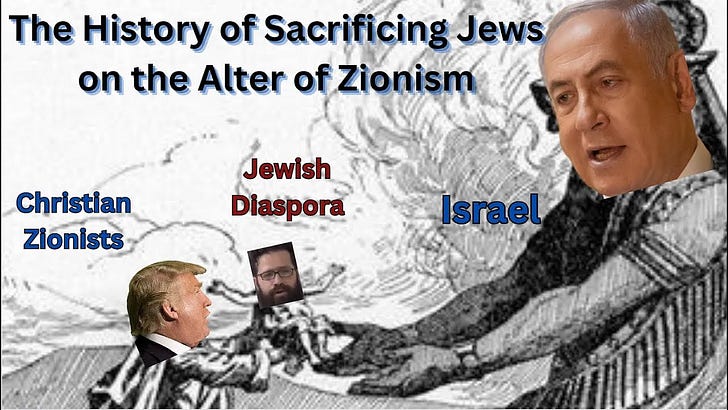




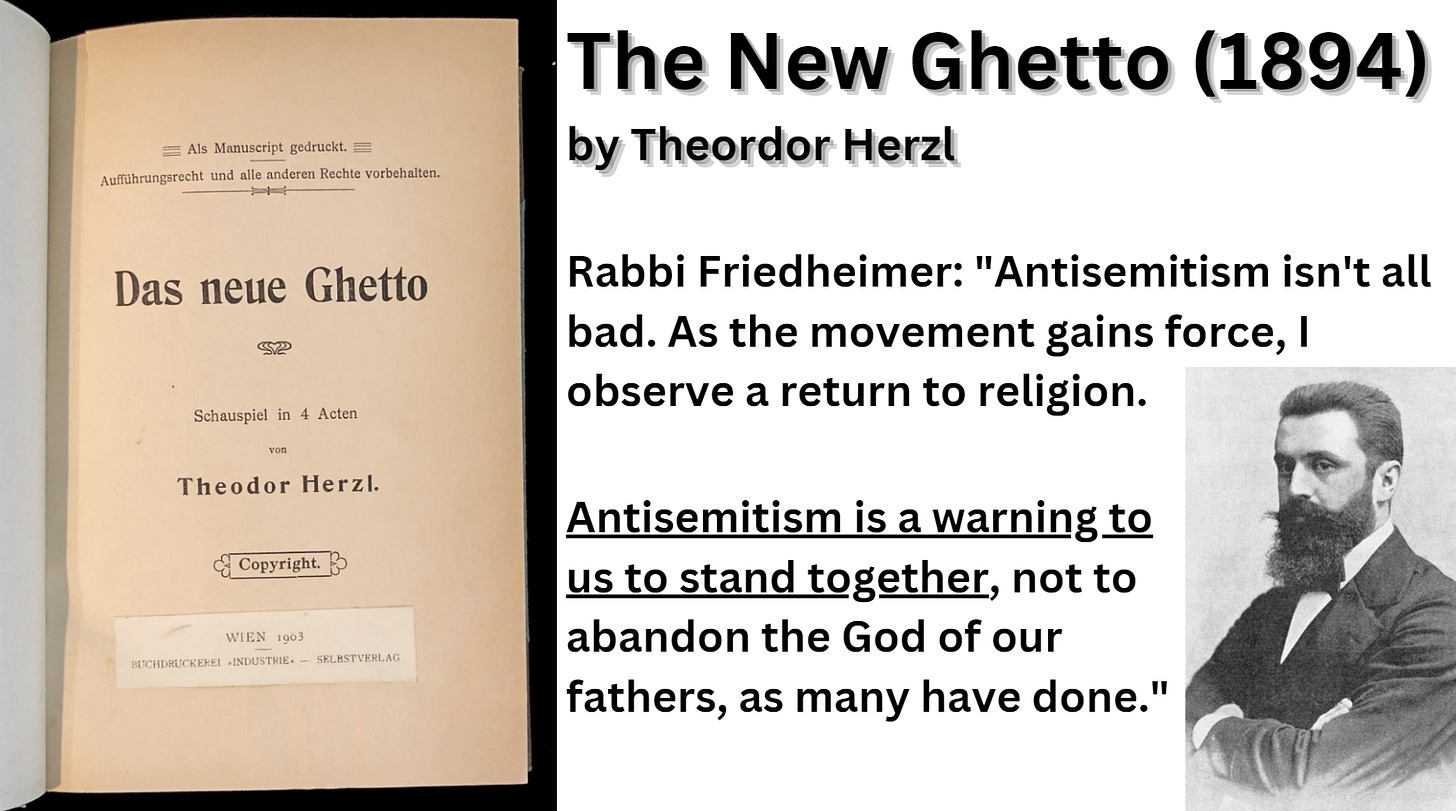
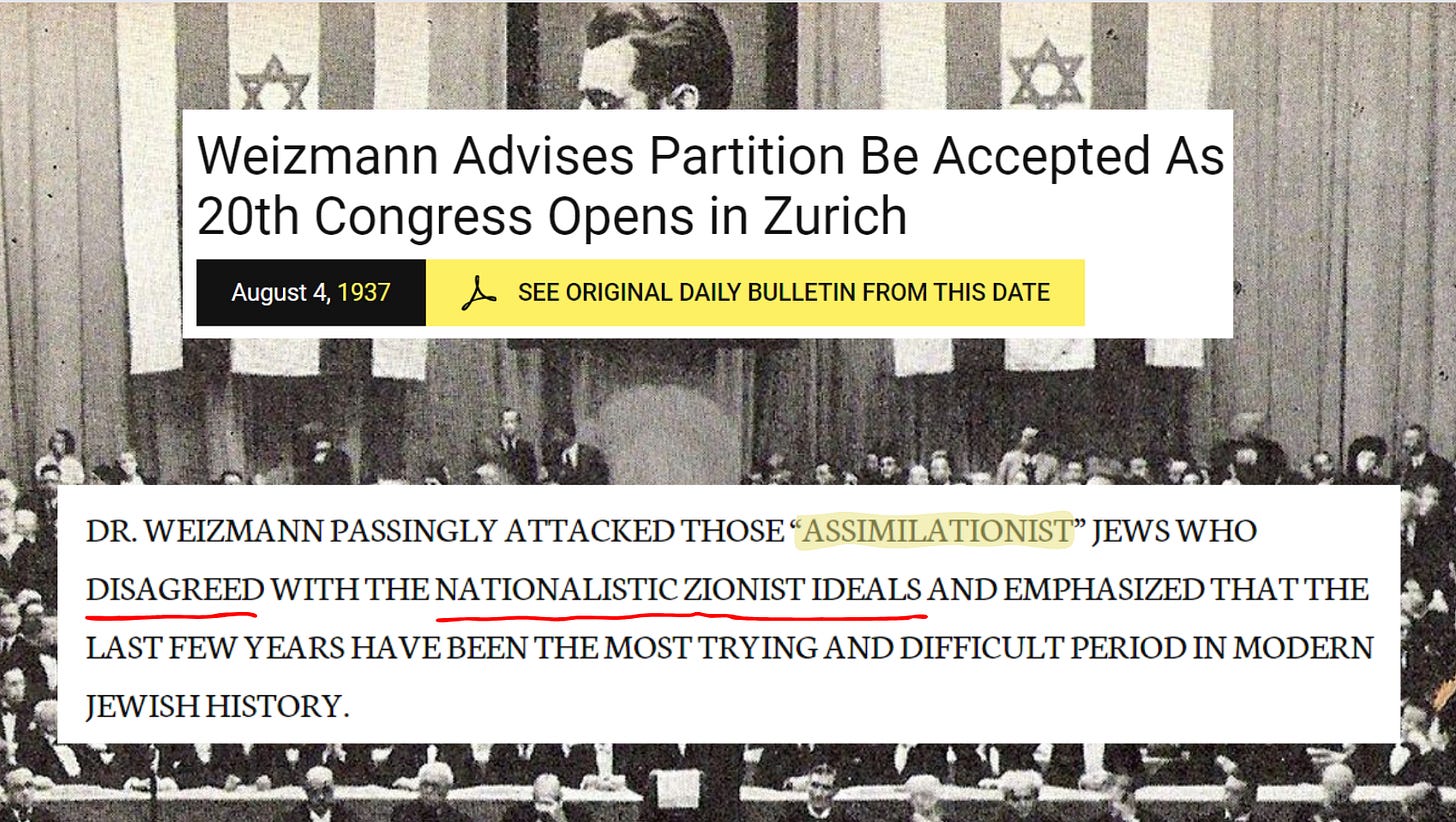





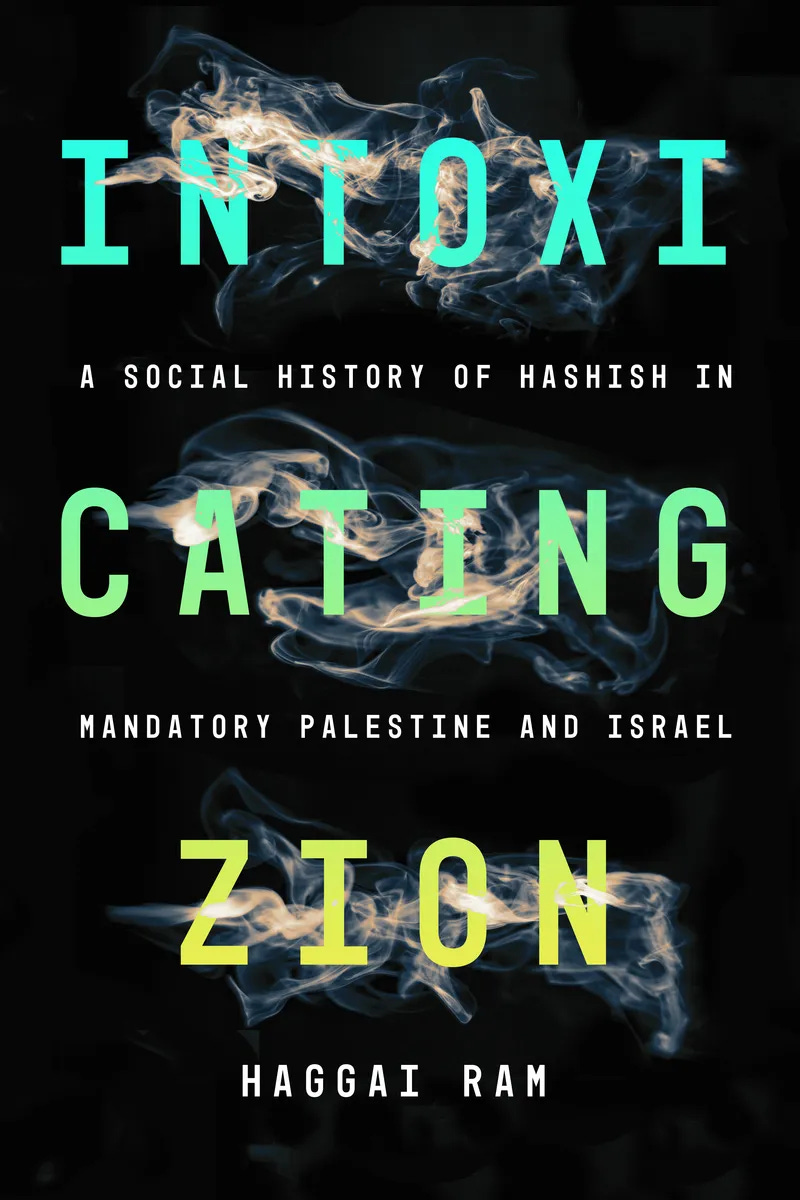
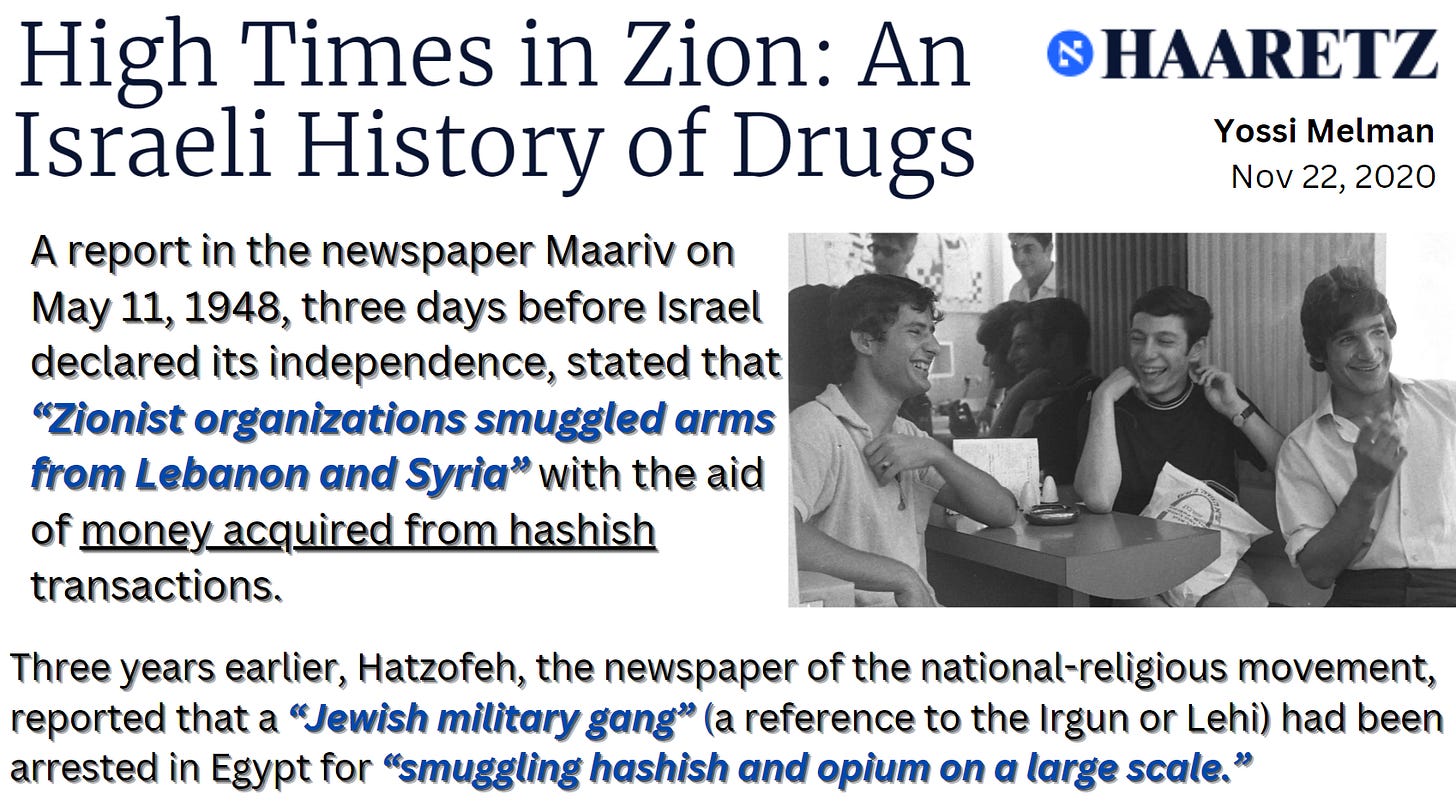







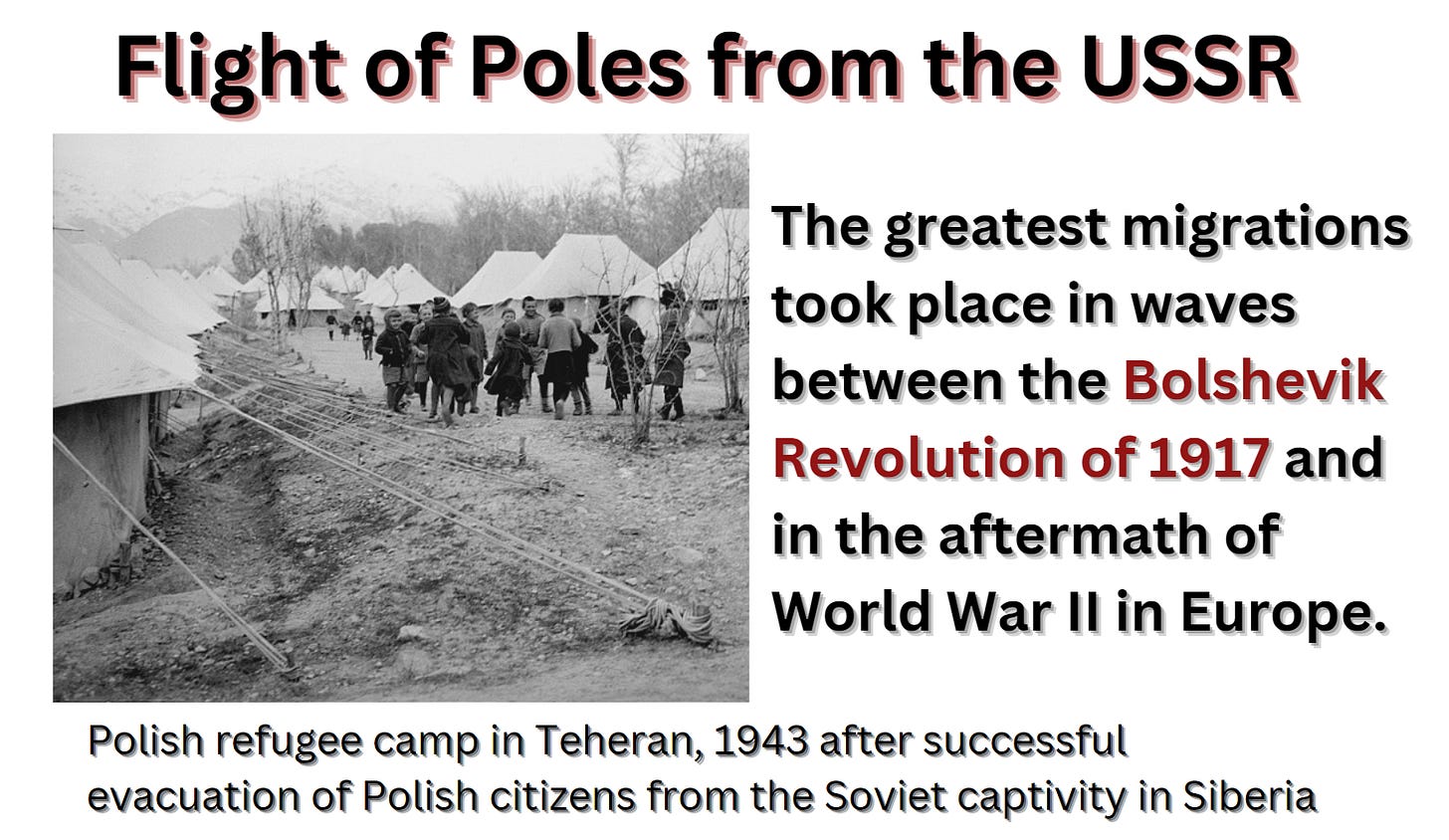



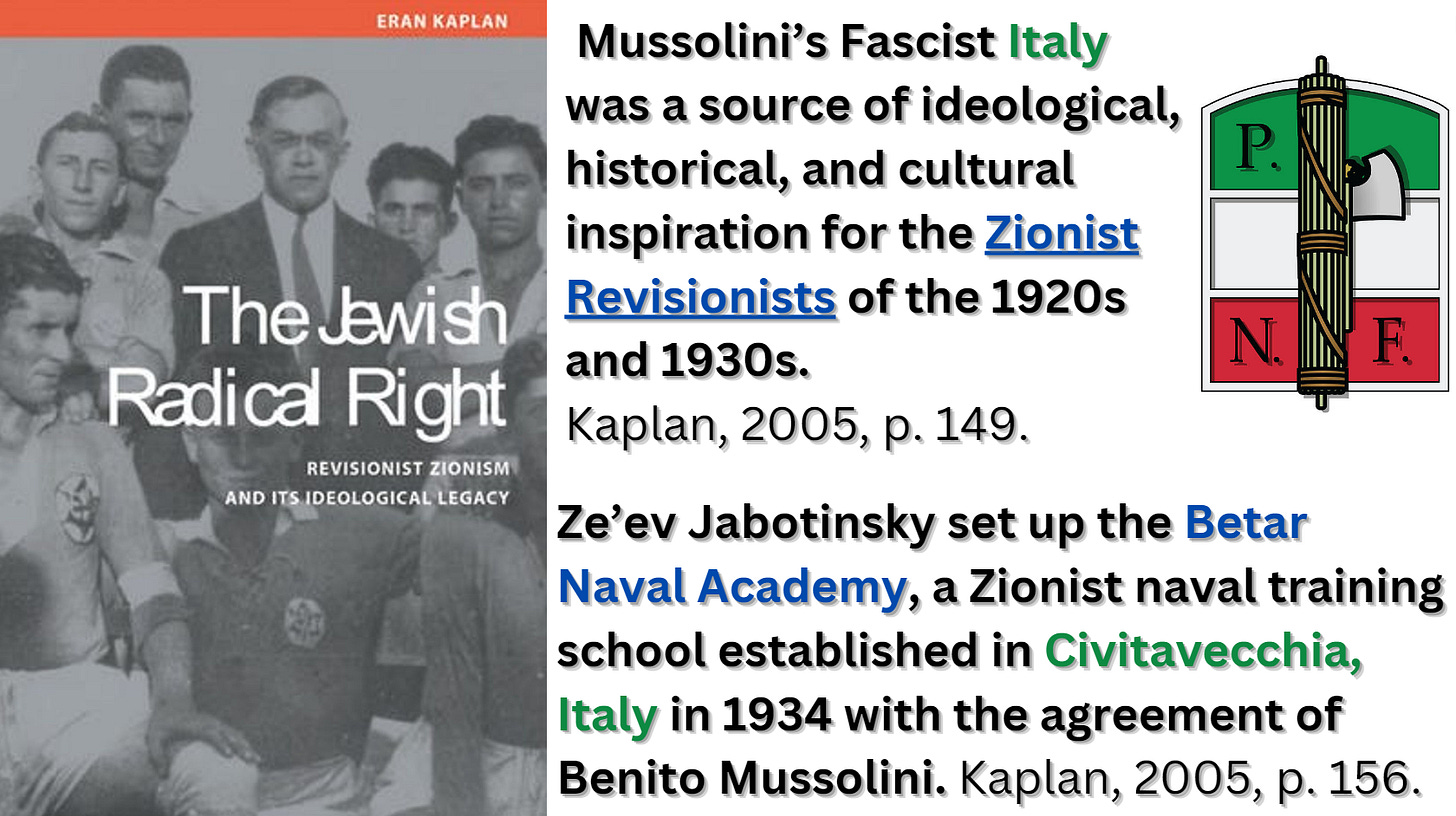





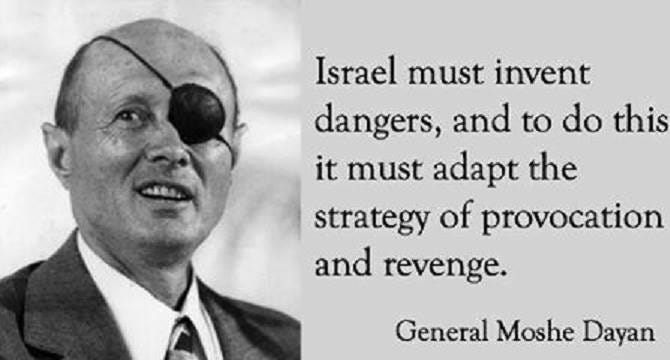
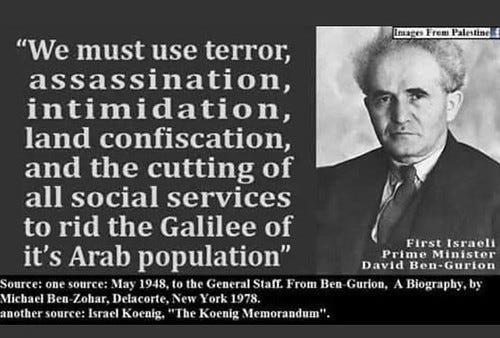
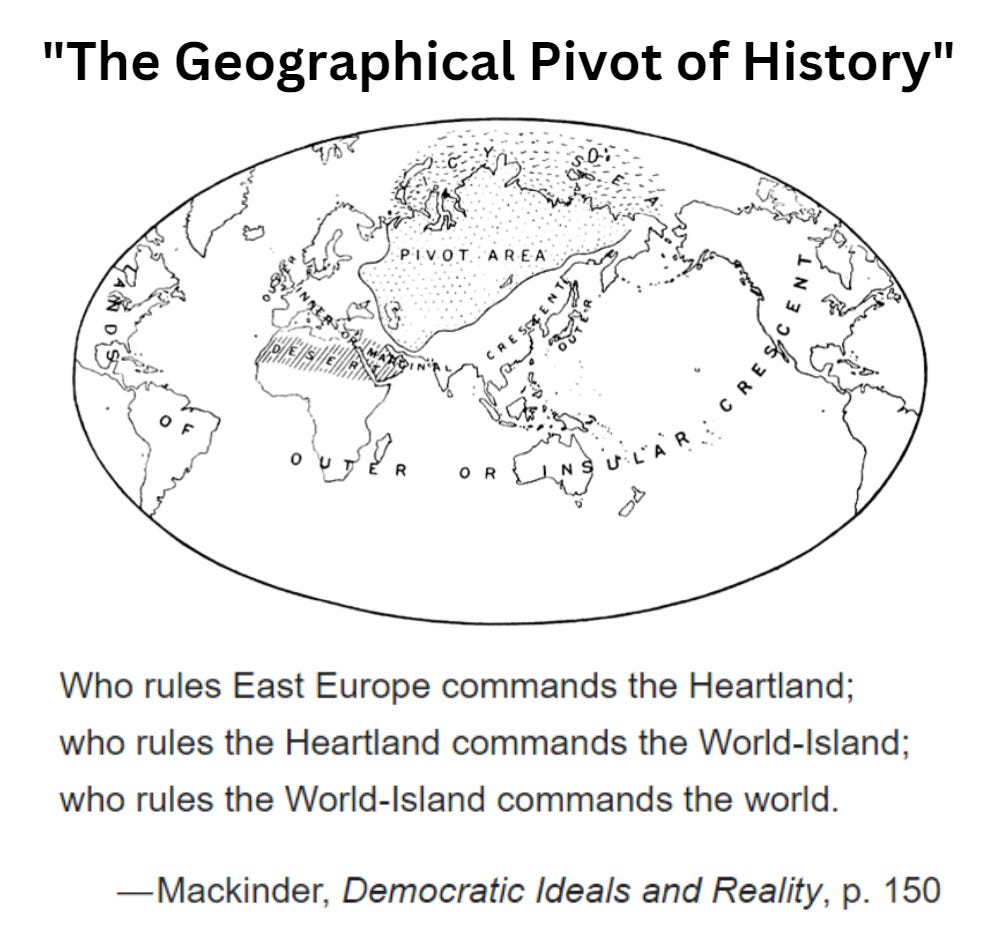









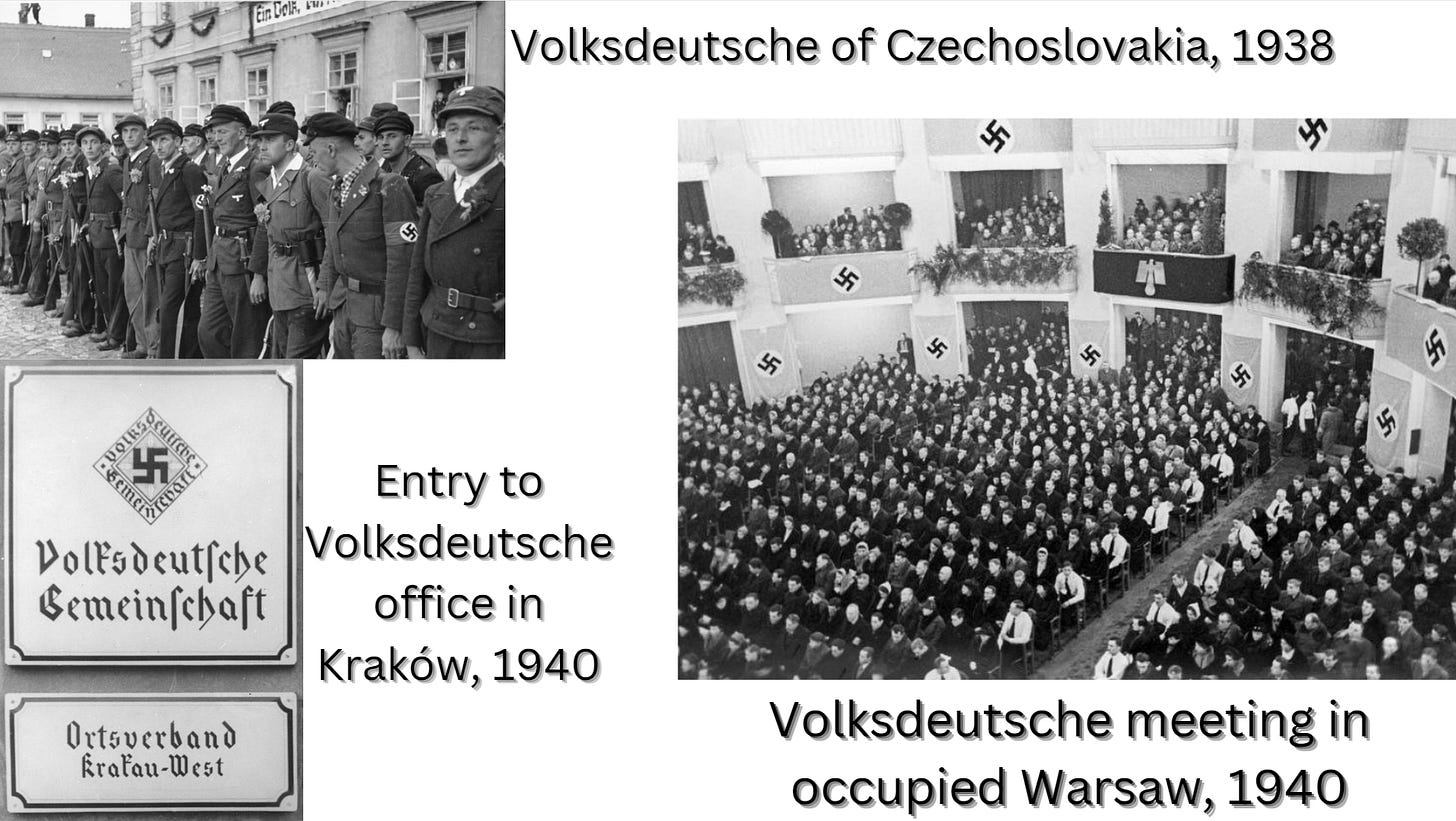
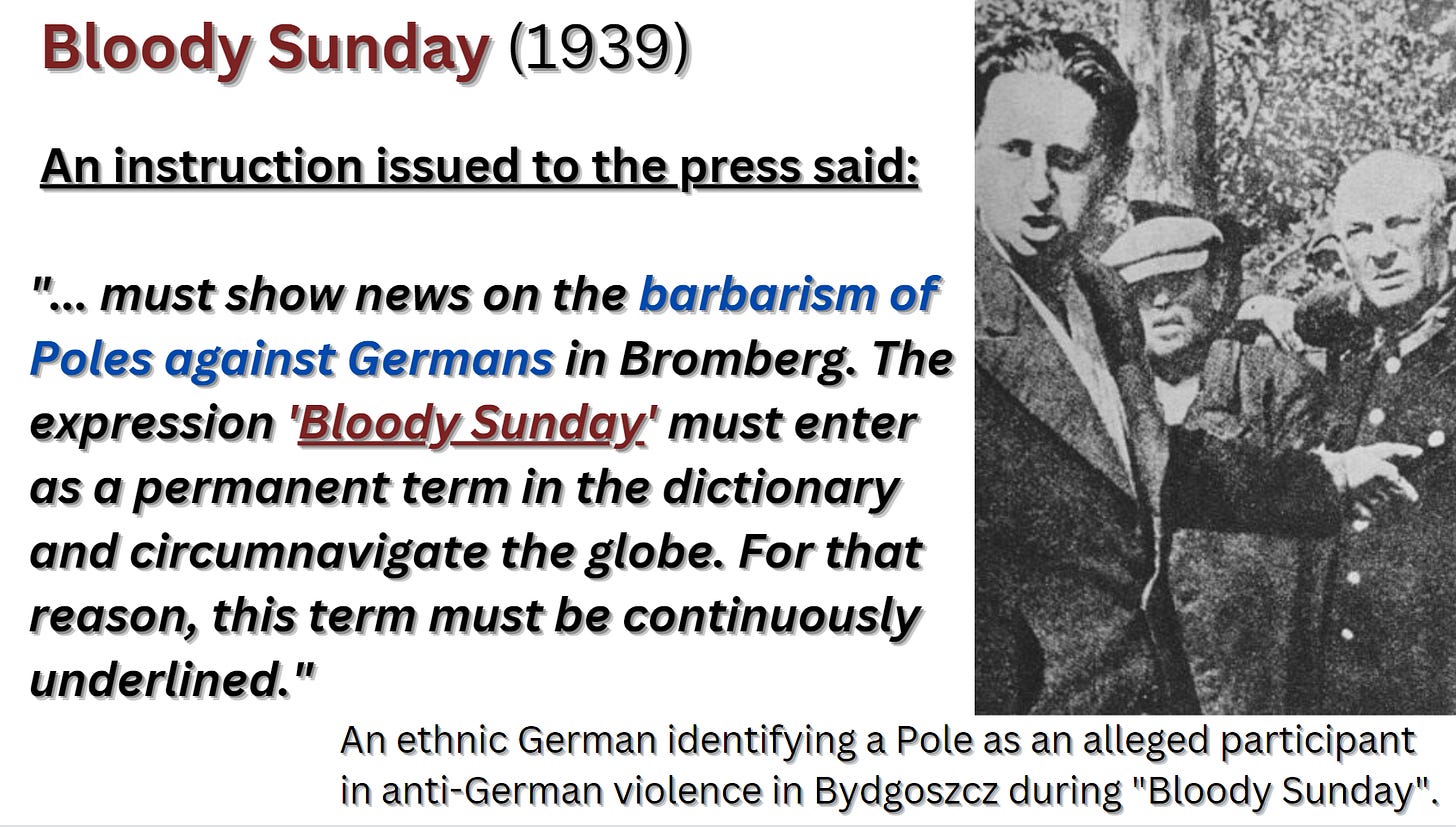

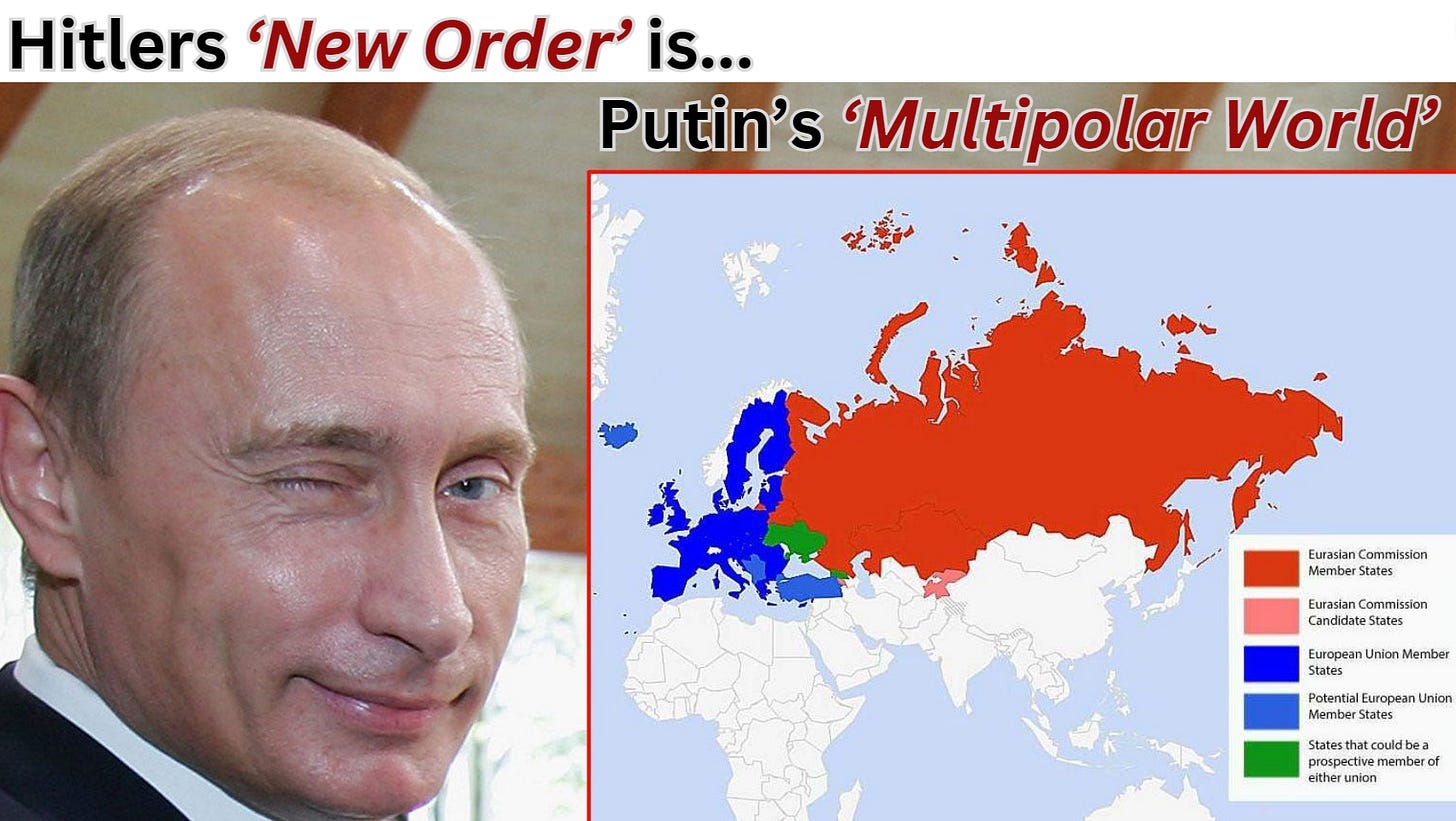
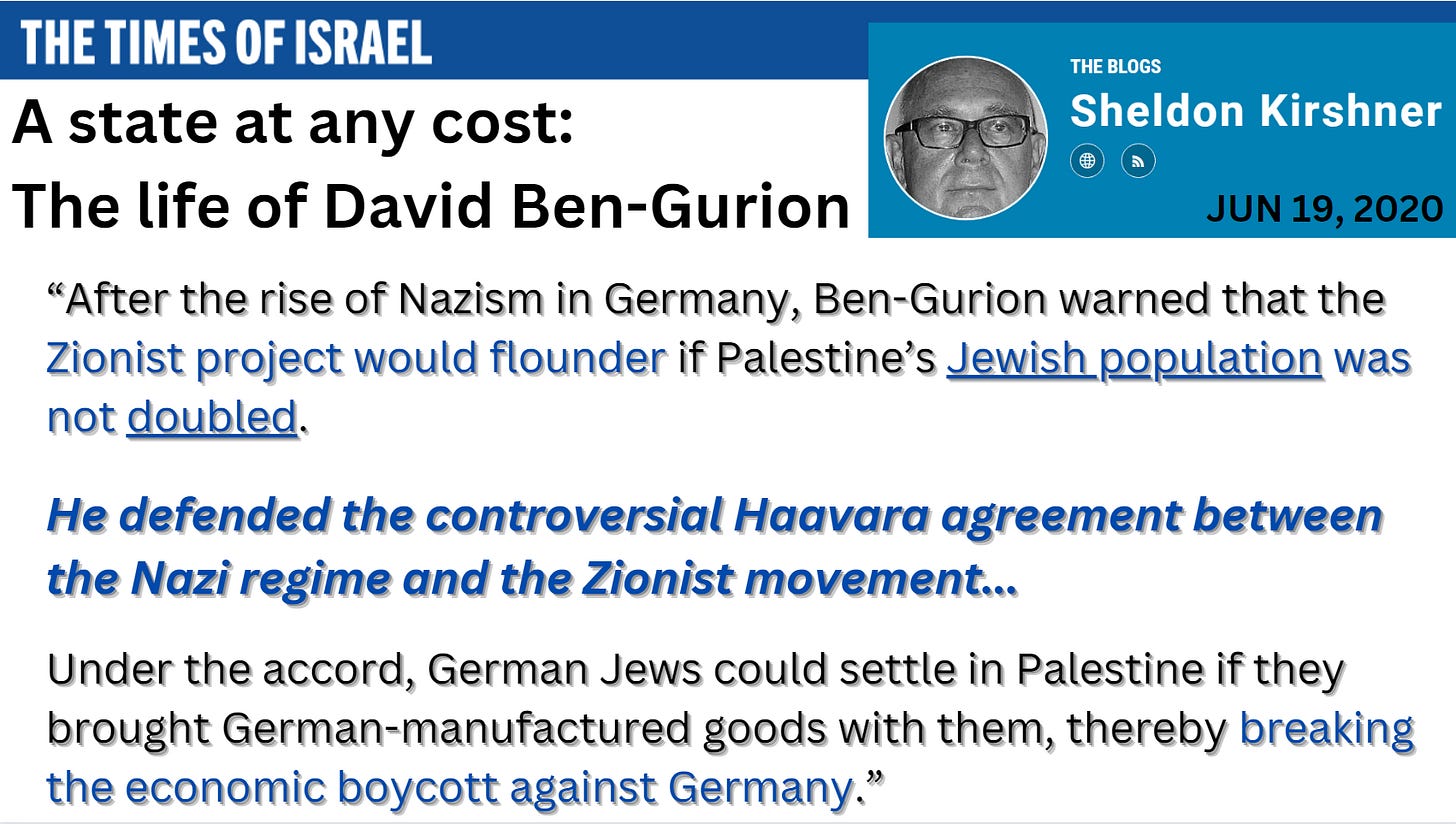



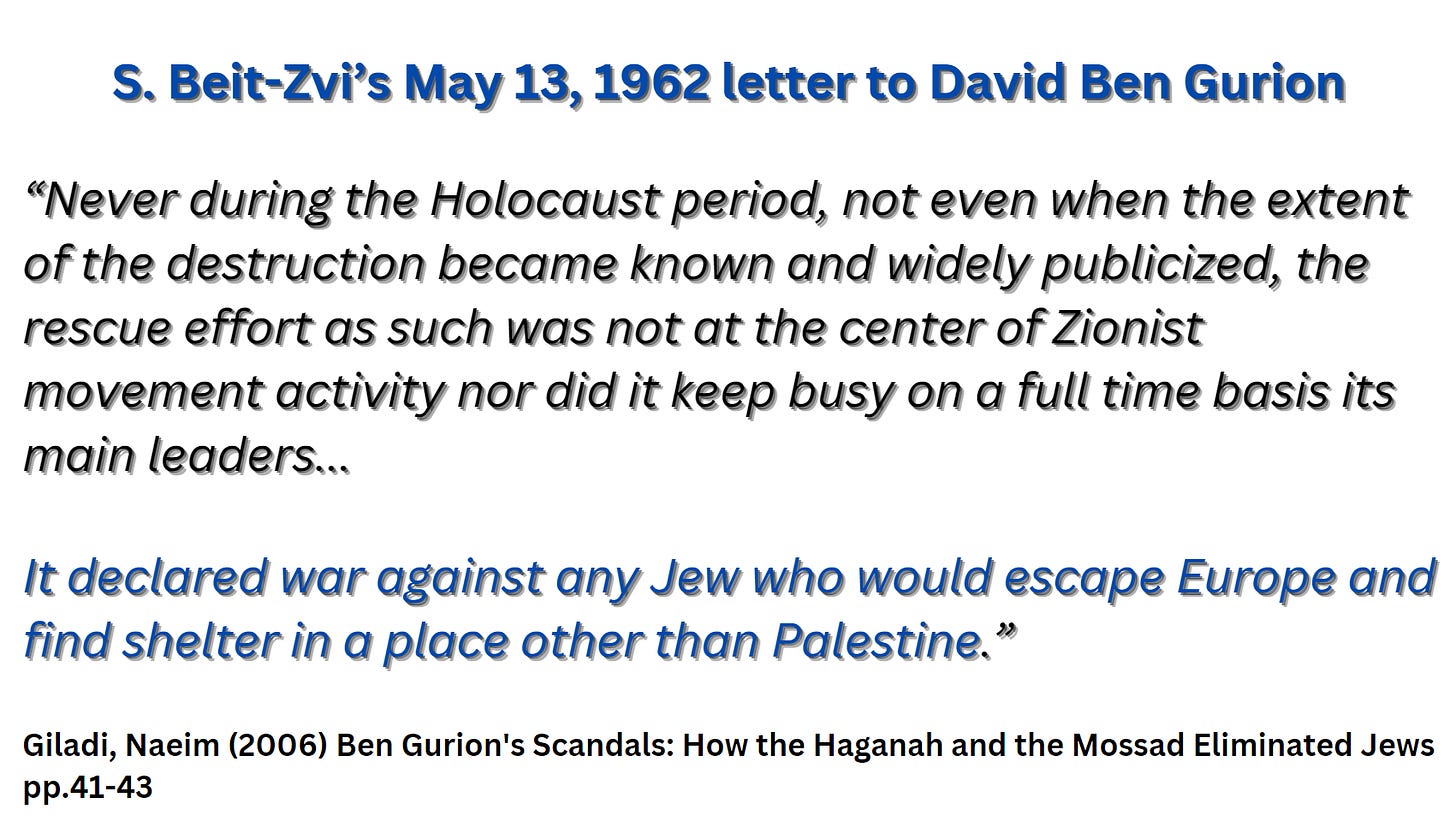


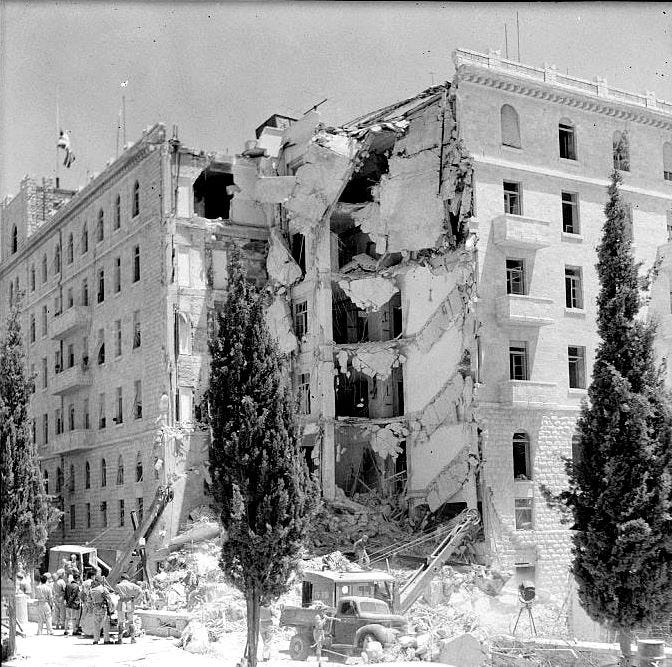

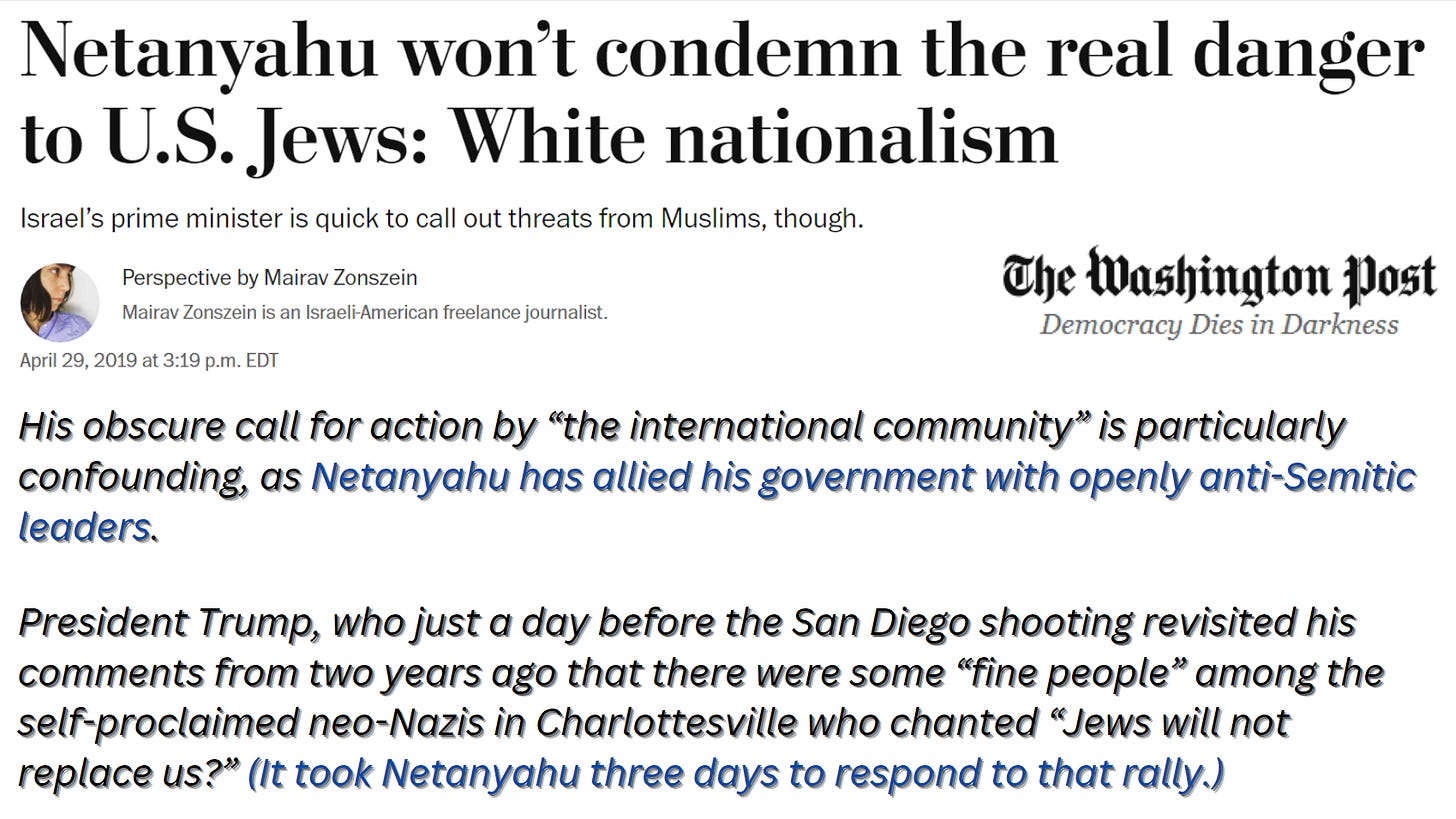


I wish to thank you for this truly in depth research and history. Myself and I would think many others are trying to make sense of the current situations around the world?
Your history is helpful in assembling a truer history of how we've arrived to the current day and time. I'll take time to learn from what you've shared here. Thank you!